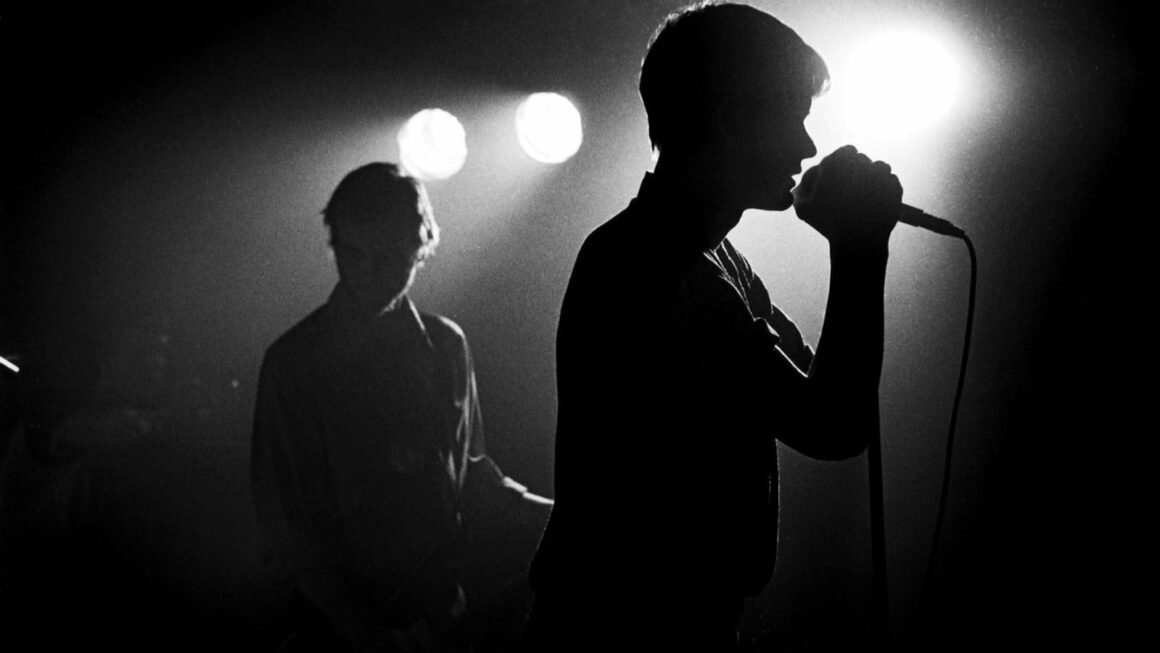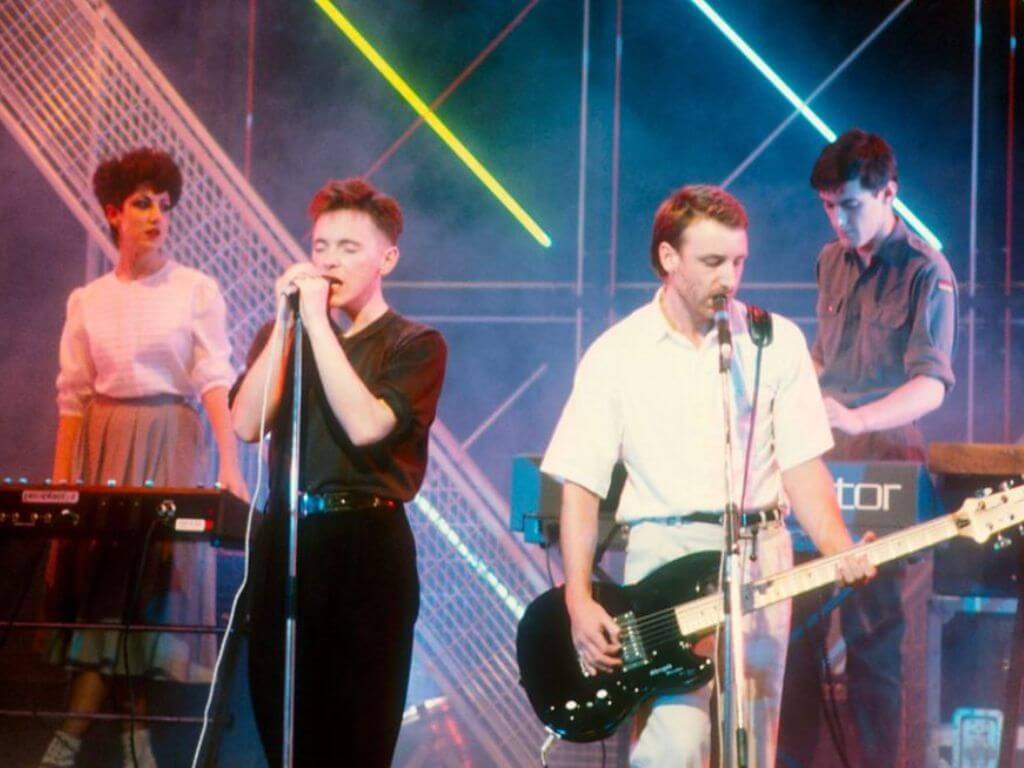
The Story Of New Order’s “Blue Monday”
How A Track Accidentally Became The Best-Selling 12-Inch Single Of All Time.
While still existing under the name Joy Division, the group agreed to never perform under that name again if one person should leave the band for any reason. When Bernard Sumner, Peter Hook and Stephen Morris found out about the death of their frontman Ian Curtis on the Monday before their upcoming US tour, they reorganised themselves under the name New Order and dedicated “Blue Monday” to their deceased friend and band member. At this point, however, no one suspected that the maxi-single would one day develop into the best-selling 12″ of all time, especially because the intention behind the song was a rather different one.
The writing process of “Blue Monday” began when the band needed a song in response to the crowds being disappointed at how they never played an encore at their live shows. The idea was to simply let the synthesizers and sequencers play the encore, so that the band members could go and start drinking in the dressing room. What they came up with was a 9-minute backing track which was basically an exploration of what the synthesizers and sequencers could do and what should eventually please the moaning fans. It was not until New Order’s engineer, Mike Johnson, suggested Peter Hook to put some bass guitar on the track which finally inspired Bernard Sumner to come up with the vocals. “Blue Monday” was born and it was obvious to everyone in the band that the song was different to the rest of the LP Power, Corruption & Lies which they were recording at the time.
Quite self-confessedly New Order used several elements from already existing songs that formed the basis of “Blue Monday’s” structure. As Bernard Sumner stated, “Blue Monday” was influenced by the following four pieces: “Our Love by Donna Summer” (1979), “You Make Me Feel” by Sylvester James (1978), “Dirty Talk” by Klein & MBO (1982) and “Uranium” by Kraftwerk (1975). All these songs contained certain elements which were an inspiration for the beat, the bassline, the keyboard and the overall arrangement of “Blue Monday”. In the year of the first release in 1983, the track was not yet available in a single version, which meant that it was also played in its seven and a half minute version on the radio. In 1988 Quincy Jones remixed the song and released it as a 7-inch under the title “Blue Monday 88”, which also landed in the top 3 of the British charts.
“I knew there was an intrinsic link between the disk and their new direction.”
Peter Saville
Despite the natural influence of the song itself, one definitely can’t get around without mentioning its iconic cover artwork. When Factory Records designer, Peter Saville, was commissioned to design the cover for the Maxi-Single, he first met the band at rehearsals in their studio. Saville was immediately fascinated by the equipment the band was using for their recordings. In addition to all kinds of technical accessories and synthesizers, he discovered a floppy disk which was something completely new to him. Saville explained: “I picked up this fascinating thing off the table. I then asked Steve Morris if I could have it and drove back to London listening to “Blue Monday” on cassette while staring at this floppy disk. I knew there was an intrinsic link between the disk and their new direction. By the time I got to the end of the M1 I knew the cover of “Blue Monday” would be a floppy disk.”
The only difference to the original, besides the size, of course, were the coloured blocks on the right edge of the cover. He wanted the blueprint for “Blue Monday” to be linked to the cover of Power Corruption And Lies which displays the painting A Basket Of Roses by Henri Fantin-Latour from 1890. Therefore, he disassembled the individual colours the artist used in the painting and then created a colour-coded wheel, which can be found on the back cover of the LP.
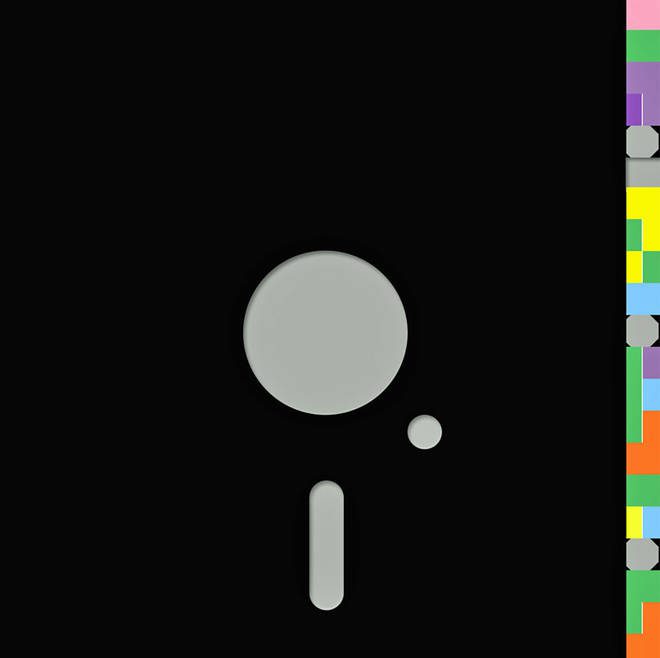
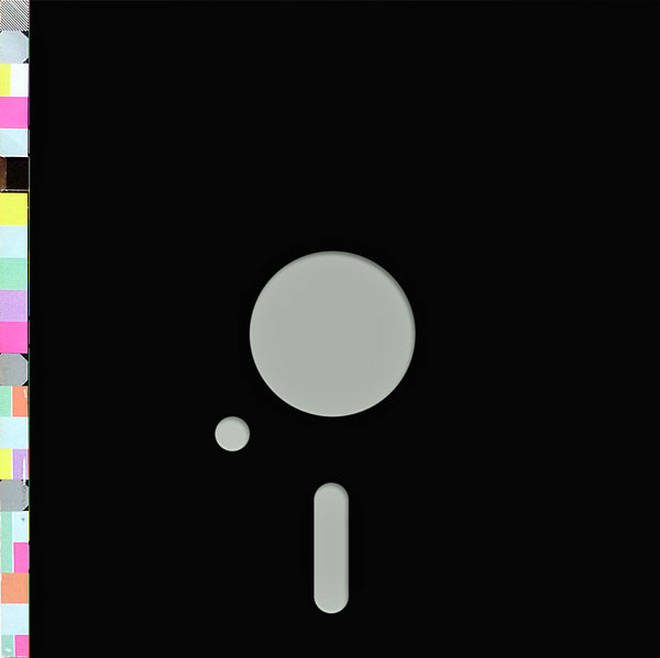
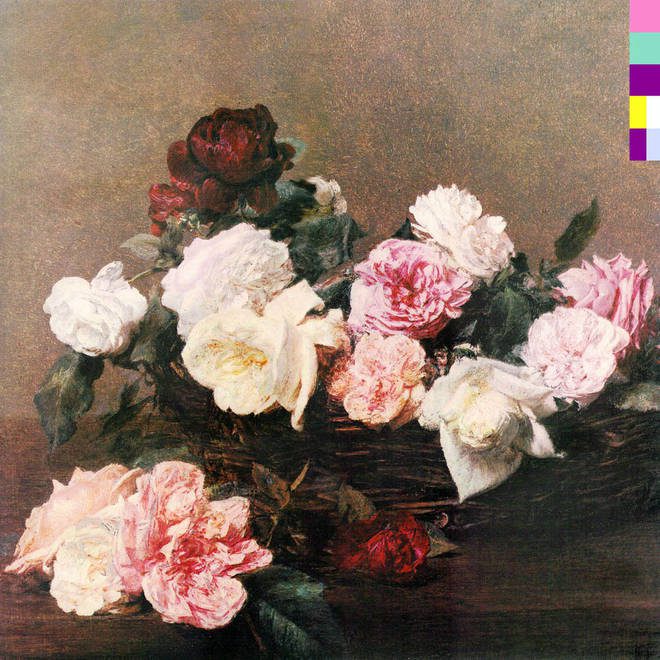
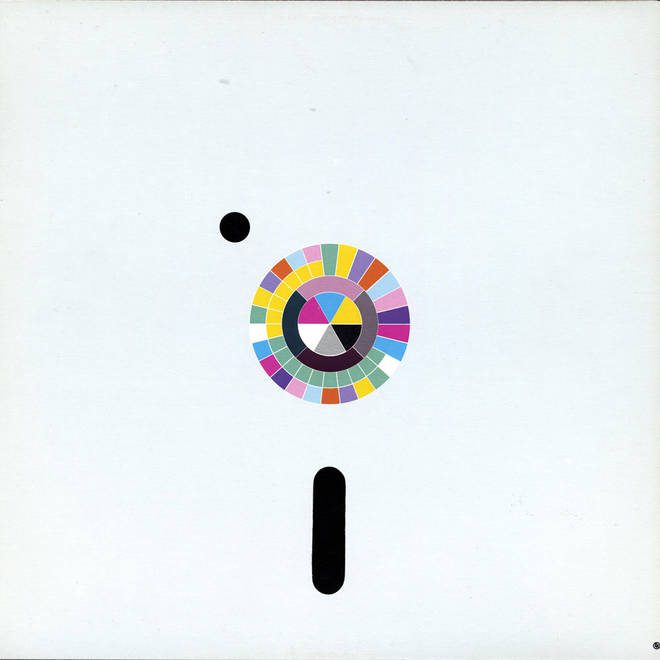
To reveal the hidden message on the cover one has to simply decode the coloured wheel. There are 26 sections and each section represents a letter of the alphabet. The first 9 colours represent numbers. So by reading the combination of colours in each block down the side of the front and back of the “Blue Monday” sleeve, one gets the name of the single, its B-side and the band that recorded it.

In order to make the huge diskette look as realistic as possible, he used an elaborate punching process to bring the appropriate shapes into the outer sleeve. To protect the record, he combined this with an inner sleeve in silver. Since extra dies had to be made for the production of the cover, it cost factory boss Tony Wilson a fortune. It had to be die-cut three times which made the sleeve ridiculously expensive. Stephen Morris thought that was hilarious because you were actually paying for the bits you didn’t get. Unfortunately, the sleeve cost 10p more than the record could earn, so every time they sold a copy of “Blue Monday” they were actually losing 10p. In the beginning, everyone was simply anticipating a smaller print run which made it a realistic investment. But when demand suddenly blew up, the original cover with the die-cuts was soon exchanged for a printed edition and is now a desired collector’s item.
Featured Image by Top Of The Pops









